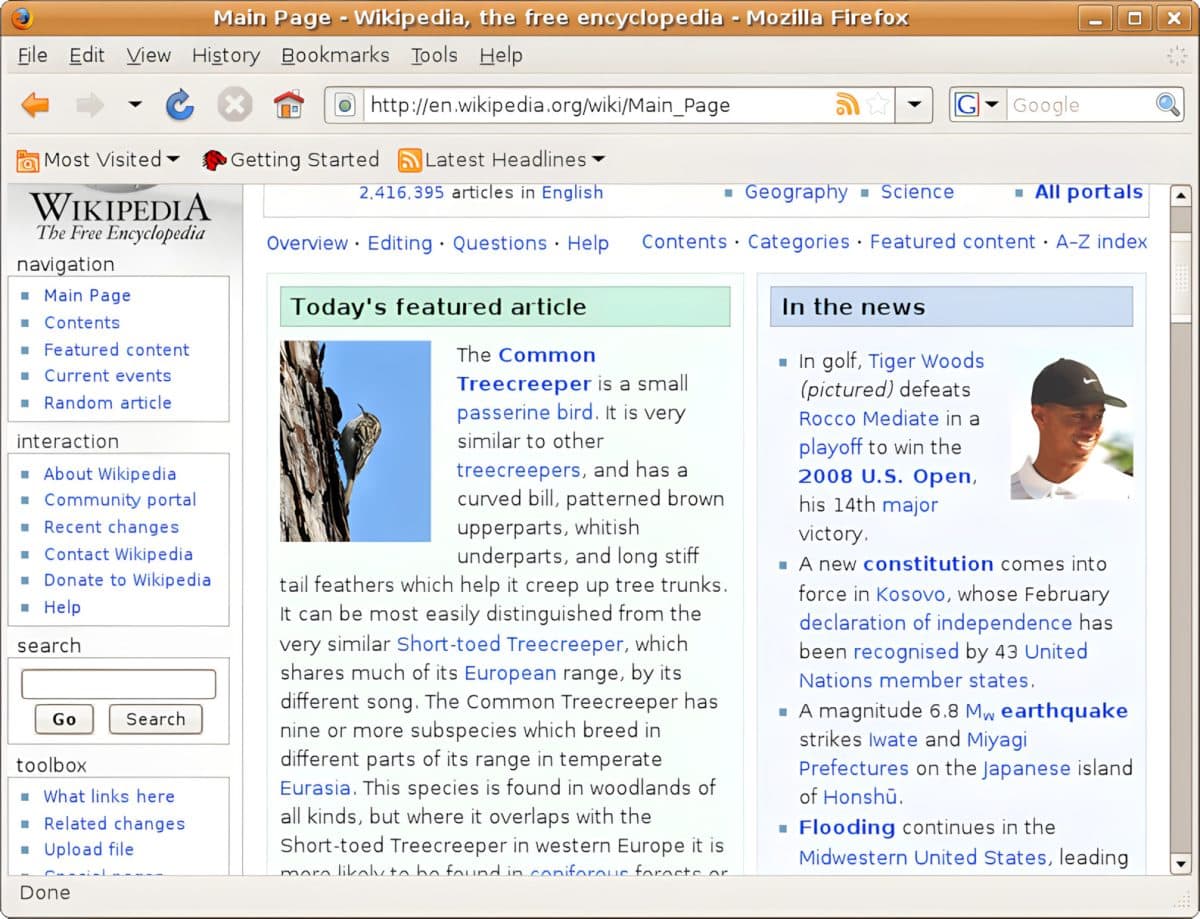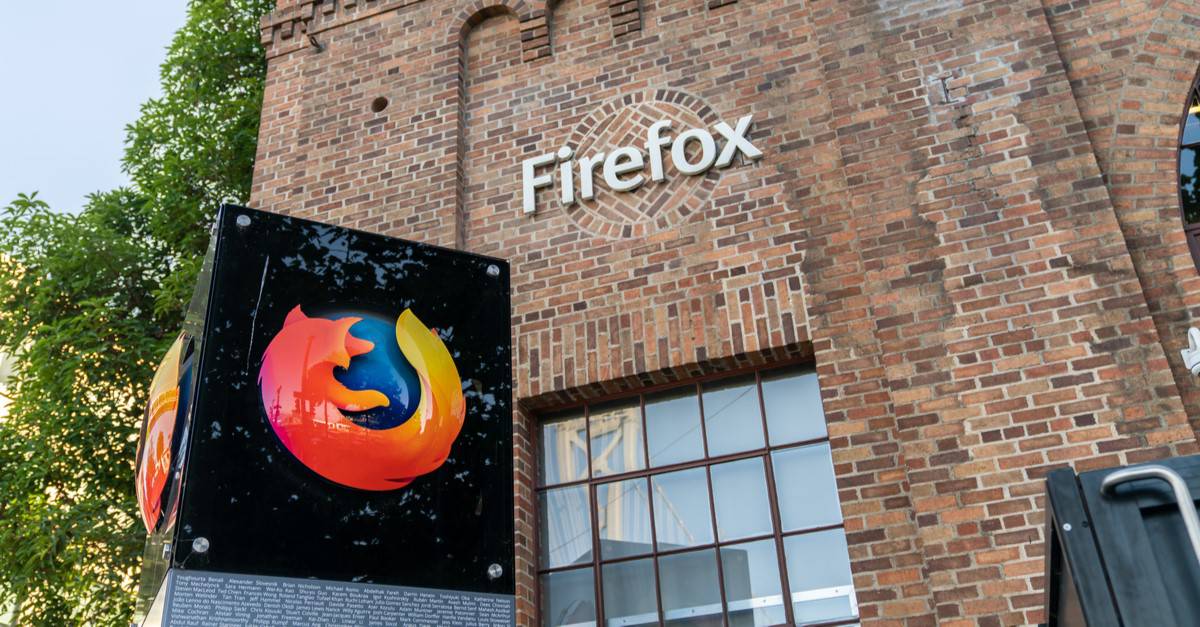When you think back 20 years, your internet browsing options were simply Internet Explorer and Internet Explorer. While IE dominated the web, it was far from the best experience and offered various compatibility challenges as new websites continuously popped up.
Thankfully, a contender arose in the form of Netscape Navigator, later known as Firefox. The first browser to truly challenge Internet Explorer’s dominance, Firefox went from a niche browser to a global favorite in under a decade. I can count myself among those who switched browsers almost immediately.
Sadly, Firefox is now a shell of its former self, but its story remains a favorite tale of internet dominance.
The Browser Wars
Created by now-famous venture capitalist and software engineer Marc Andreessen, he began working on an early form of Netscape Navigator. In 1995, Netscape and Microsoft were battling to get users online through the newly formed World Wide Web. After Netscape was acquired by AOL in 1998, team members had to start from scratch, which was a grueling process.
Internet Explorer 4.0

With the release of Internet Explorer 4.0 in 1997, Microsoft found the edge (pun intended) it was looking for. Fast-forward two years, and by 1999, Microsoft had control of 99% of the browser market. This didn’t sit right with Netscape, so it decided to open source its codebase, and Mozilla, a not-for-profit web browser, was born.
Codename Phoenix
Led by developers Dave Hyatt and Blake Ross, they worked to create an alternative to Internet Explorer that was faster and lighter on system resources. By 2002, the development team at Mozilla was able to release the first iteration of its browser, Phoenix. Phoenix included new features such as bookmarks and extensions to modify the browser. The first official release of Firefox was February 8, 2004, with version 0.8.
Mozilla 1.0
By November 2004, Phoenix had gained a small team but had changed its name to Firefox. The release immediately started to grab market share away from Internet Explorer. With support for over 31 languages, Firefox was slowly chipping away at Microsoft’s dominance. By 2004, Firefox 1.0 had been downloaded over 100 million times, enough to give it around 4.5% market share globally.
Passing Internet Explorer
As Firefox continued to grow, it released Version 2.0 in October 2006 and Version 3.0 in June 2008. With each passing version release, Firefox introduced new features and improvements for users to browse the web. While Internet Explorer may have had more market share, it would be hard to argue that Firefox wasn’t the better web browsing experience.
Firefox 3.0

The idea that a web browser would set a world record might have seemed crazy. However, this very thing happened with the release of Firefox 3.0 in June 2008. With 8 million downloads in its first 24 hours of availability, Firefox 3.0 set a new Guinness World Record for the most downloaded software.
One Billion Downloads
Firefox’s massive extension ecosystem, including features like tabbed and private browsing, helped endear it to its users. On July 31, 2009, it passed over one billion downloads, a massive achievement for a browser that was officially only five years old.
Taking Over Europe
Perhaps Firefox’s biggest milestone was in 2010 when it achieved what many thought was impossible: it became Europe’s most widely used web browser. Surpassing Internet Explorer was a major achievement that the Firefox team had long sought to accomplish.
Hello Google
Suffice it to say that Firefox may have been able to introduce the world to web browsing without Microsoft, but good things don’t always last forever. In January 2009, when Firefox was living its best life, it had a 27% market share, and the newly introduced Google Chrome was only at 1.38%. Ten years later, Chrome’s dominance was undeniable, with a 70% market share compared to Firefox’s 5%.
Still, even though Firefox wasn’t at the top of the browser mountain anymore, it’s hard to deny what it meant to the early web. Firefox let the world know that Microsoft wasn’t the only way to get online and enjoy the World Wide Web, and it’s worth suggesting that Firefox walked so Chrome could run.
The image featured at the top of this post is ©hakanyalicn/Shutterstock.com.

